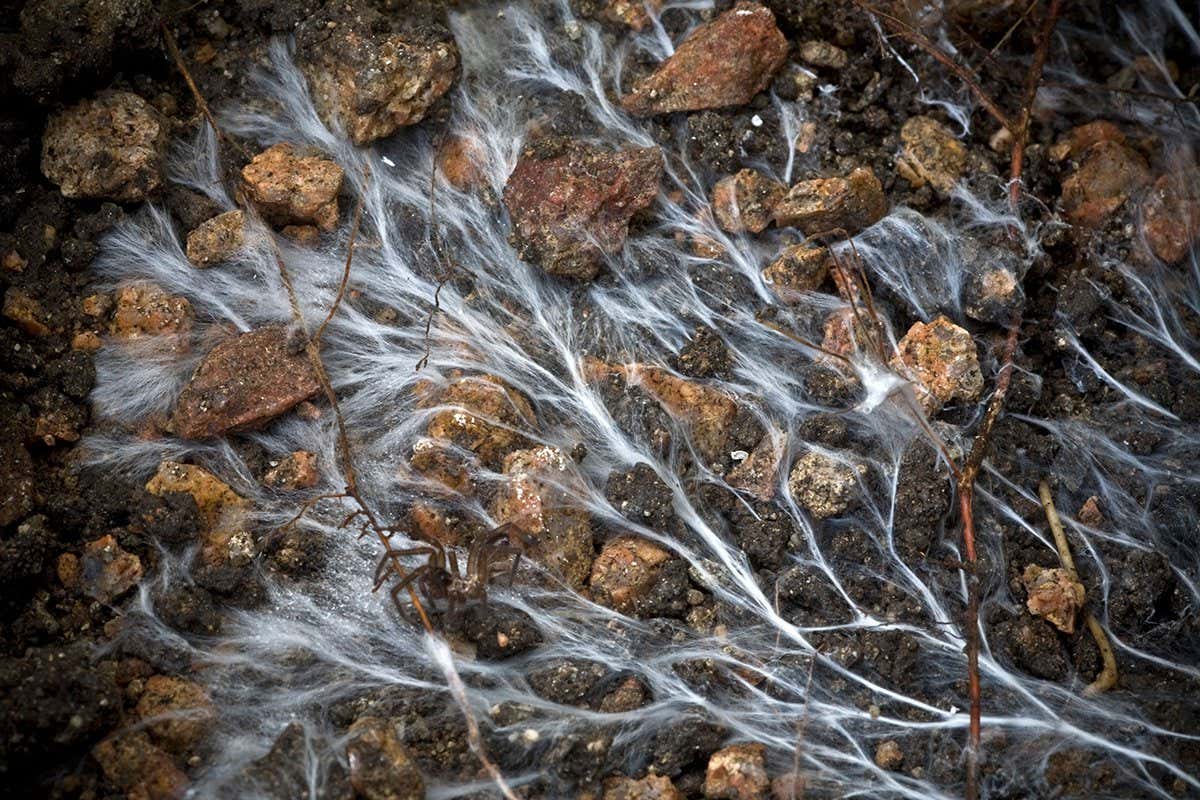Wild Fungi & Soil: More Carbon for Trees – A Symbiotic Solution to Climate Change?
The fight against climate change requires innovative solutions, and a surprising ally may lie beneath our feet: wild fungi. Recent research highlights the crucial role mycorrhizal fungi play in enhancing carbon sequestration in forests, potentially offering a significant tool in our efforts to combat global warming. This symbiotic relationship between fungi and trees offers a compelling argument for protecting biodiversity and promoting sustainable forestry practices.
The Underground Network: Mycorrhizal Fungi and Carbon Sequestration
Mycorrhizal fungi form a vast, intricate network of hyphae (thread-like structures) that extend throughout the soil, connecting with the roots of trees. This symbiotic relationship is mutually beneficial: the fungi receive carbohydrates from the trees, while the trees benefit from the fungi's enhanced access to water and nutrients. Critically, this network also plays a vital role in carbon sequestration.
- Enhanced Carbon Uptake: Mycorrhizal fungi significantly increase the surface area available for nutrient and water absorption by tree roots. This leads to improved tree growth and, consequently, increased carbon uptake from the atmosphere.
- Stable Soil Carbon: The fungal hyphae bind soil particles together, creating stable soil aggregates that prevent carbon from being released back into the atmosphere. This long-term carbon storage is crucial for mitigating climate change.
- Protection Against Degradation: Mycorrhizal fungi can protect soil from erosion and degradation, further contributing to its ability to store carbon. Healthy soils are essential for a healthy planet.
Biodiversity is Key: Protecting Diverse Fungal Communities
The effectiveness of mycorrhizal fungi in carbon sequestration is directly linked to the diversity of fungal species present in the soil. Monoculture forestry practices, which often rely on a limited number of tree species, can negatively impact fungal diversity and reduce the overall carbon sequestration potential of the forest.
- Promoting Biodiversity: Sustainable forestry practices that prioritize biodiversity, such as mixed-species planting and reduced reliance on chemical fertilizers and pesticides, are crucial for maintaining healthy fungal communities.
- Understanding Fungal Ecology: Further research into the ecology of mycorrhizal fungi is needed to fully understand their potential in climate change mitigation. This includes investigating the effects of different environmental factors on fungal diversity and function.
- Conservation Efforts: Protecting existing forests and promoting reforestation efforts with a focus on biodiversity are essential for maximizing the carbon sequestration potential of mycorrhizal fungi.
The Future of Forest Management: Integrating Fungi into Climate Strategies
Integrating the role of wild fungi into climate change mitigation strategies is crucial. This involves:
- Sustainable Forestry Practices: Implementing sustainable forestry management techniques that prioritize biodiversity and minimize soil disturbance.
- Reduced Deforestation: Protecting existing forests from deforestation is vital for preserving existing fungal networks and their carbon storage capacity.
- Investing in Research: Continued research into the role of mycorrhizal fungi in carbon sequestration is essential for developing effective climate change mitigation strategies.
Conclusion: A Symbiotic Partnership for a Greener Future
The relationship between wild fungi and trees offers a powerful, natural solution to climate change. By protecting and promoting the diversity of mycorrhizal fungi, we can harness their remarkable ability to sequester carbon and contribute to a healthier planet. Investing in research, promoting sustainable forestry practices, and protecting existing forests are crucial steps towards realizing the full potential of this symbiotic partnership. The future of our forests, and indeed our planet, may depend on it. Learn more about and how you can contribute to protecting our planet's biodiversity.

